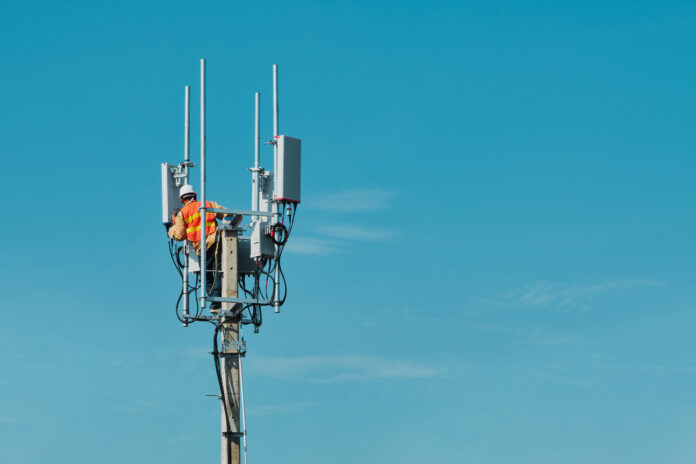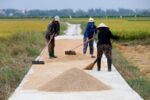Although significant progress has been achieved in the country’s digital transformation program, a persistent digital divide continues to separate urban and rural areas that result in unequal access to the internet’s opportunities, according to a study by the Philippine Institute for Development Studies (PIDS).
“To bridge this digital divide, it is crucial to address affordability, speed, and demand-side factors, along with transparent and collaborative implementation of policies,” PIDS said.
“Mobile data affordability has shown positive strides in recent years, making it a more accessible option for many Filipinos,” it added.
The PIDS, however, noted that mobile network performance, particularly in terms of speed, still lags behind ASEAN counterparts.
While the Philippines enjoys near universal 4G coverage at 99 percent and promising 5G penetration at 70 percent, the PIDS said mobile broadband speed conspicuously lags behind the Southeast Asian leaders.
In an Ookla report in August 2023, the Philippines average fixed broadband upload and download speeds of 6.21 megabits per second (Mbps) and 25.47 Mbps, respectively, compared poorly to Singapore with 81.41 Mbps download speed.
The PIDS also said particularly noted the glaring problem of affordability. According to the 2022 Global System for Mobile Communications Association (GSMA) Connectivity Index, the Philippines ranks third lowest in mobile data affordability, scoring a mere 47.01 out of 100.
“This acts as a challenging barrier to more widespread internet adoption although the country fares better in other key factors such as infrastructure and consumer readiness,” it said.
“Access and internet speed fall sharply in rural regions, leaving many communities disconnected from the online world’s opportunities,” the authors said. Regions with lower development and urbanization, like Region VIII and the Bangsamoro Autonomous Region in Muslim Mindanao (BARMM), have much slower internet speeds,
For example, Region VIII’s fastest fixed broadband is only around 40 Mbps and the BARMM’s average mobile download speed is barely 10 Mbps, the PIDS said.
To address this disparity, the PIDS suggested lowering device and data costs and improving network speeds.
“Finally, addressing the lack of electricity in certain areas is also a critical prerequisite for utilizing ICT and deploying fixed broadband networks,” PIDS said.
It also suggested that deploying networks using electric poles can be a more cost-effective solution compared to building underground fiber optic lines.







